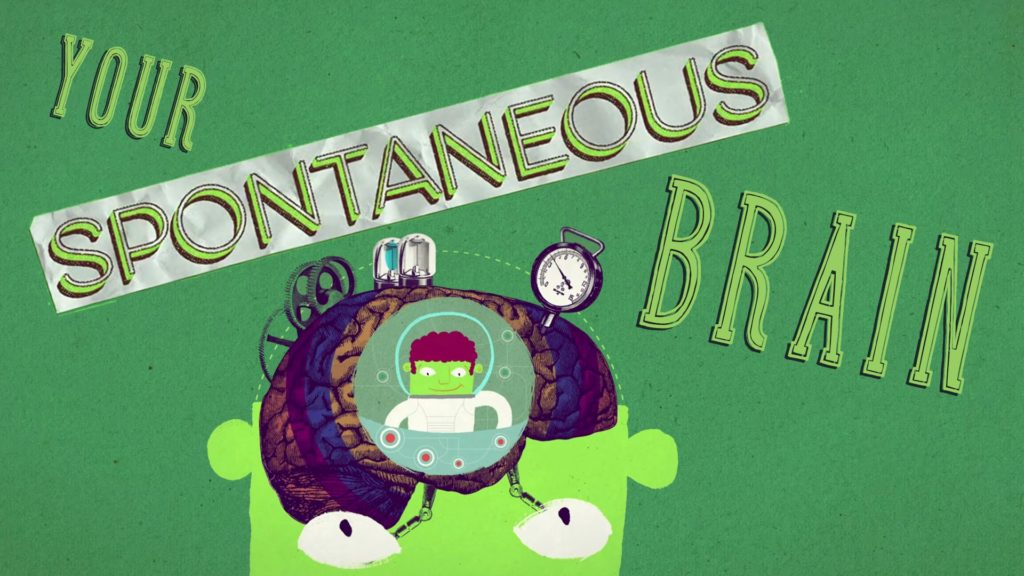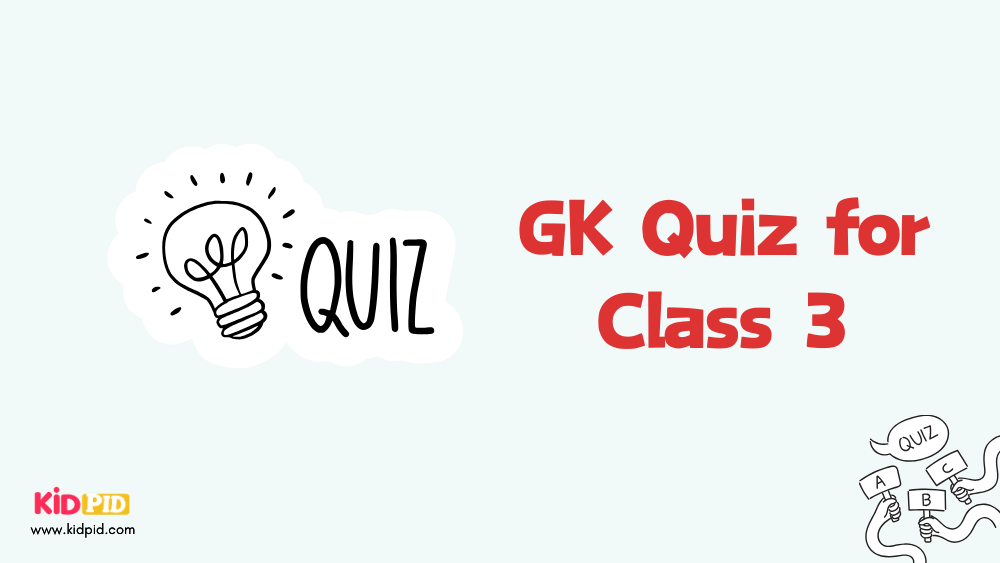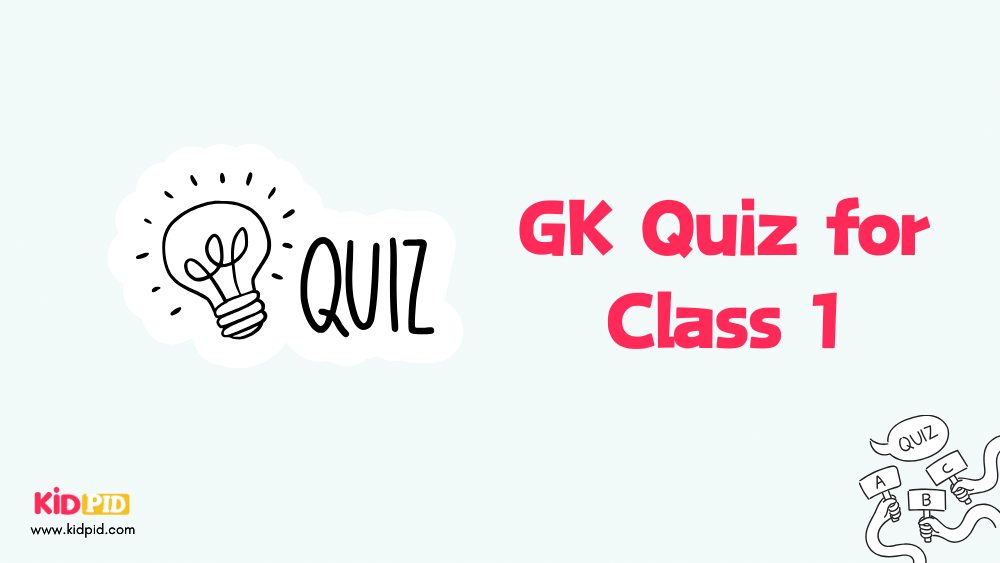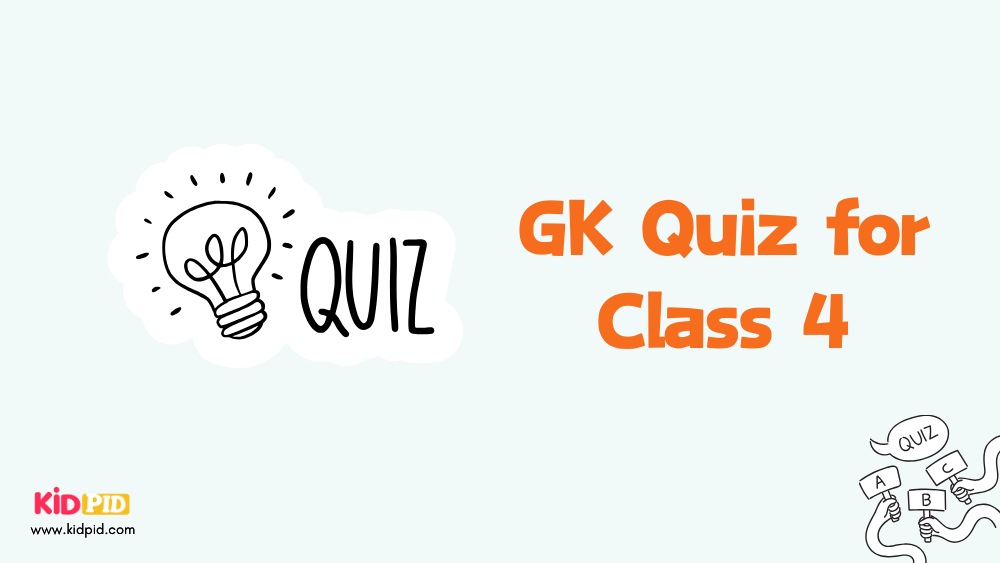How spontaneous brain activity keeps you alive

Everything you experience is processed in your brain and that seems like a lot for a single organ to handle, but it’s only a small part of what the brain does.
The brain is made of billions of neurons and connections, the neurons can be activated by specific stimuli or thoughts and they are often active. Some fire cyclically in a set pattern, others fire rapidly before switching off or remain quiet for a long period which results in elaborate rhythms of the internally generated brain activity.
The most crucial of these occurring activities are the ones that keep us alive, how? The signals without your consciousness are sent from parts of your brainstem through the spinal cord to the muscle whether or not you’re paying attention. The neuronal circuit underlying such rhythmic spontaneous activity are called central pattern generators and control repetitive behaviors. Ongoing neural activities also underlies our sensory perception i.e. The retinal ganglion cells that communicate with the brain are always active and the signals they send are increases or decreases in the rate of activity, than separate bursts. So our nervous system is teeming with activities that helps it iterpret and respond.
The ongoing activity in multiple parts of our brain is able to coordinate the complex chores involving both cognitive and motor functions. Engrossing fact about brain function is its involvement in mysterious phenomena, sleep!
Being inactive in the night doesn’t shut down your brain , it makes the activity more synchronized, developing into enormous rhythmic neural oscillations that envelop the brain, it starts with tiny clusters of neurons tucked in hypothalamus which have huge effect in turning off brainstem region. But in the middle of the sleep the brains activities repeatedly transitions into sort of varied bursts that occur when wide awake this sleep stage is called REM sleep.
Did you know our eyes move rapidly when we dream? Okay that’s creepy! but Neuroscientists are still trying to answer inquiries about sleep like rejuvenating cognitive capacity, cellular homeostasis and buttress memory.
Your brain works just like a computer, so make sure you’re the one programming it.






Responses